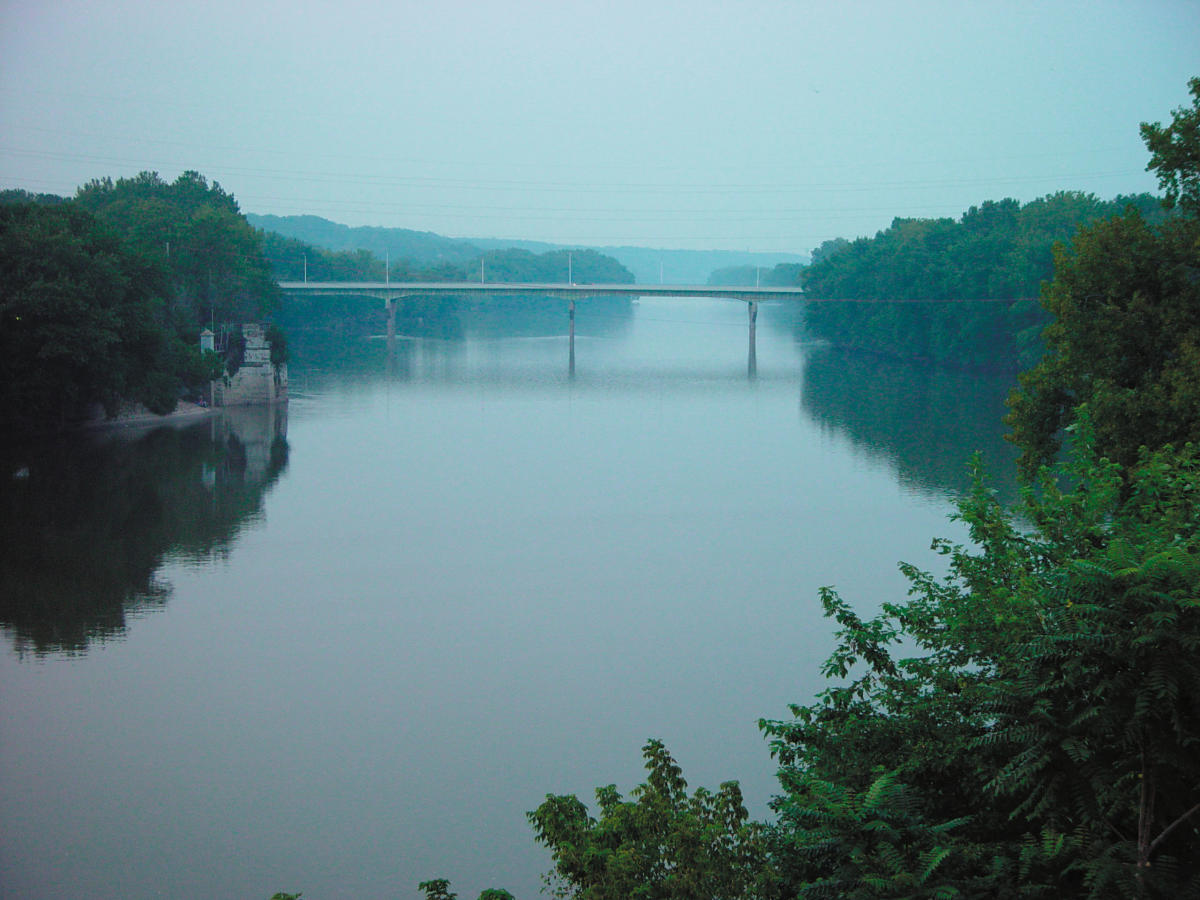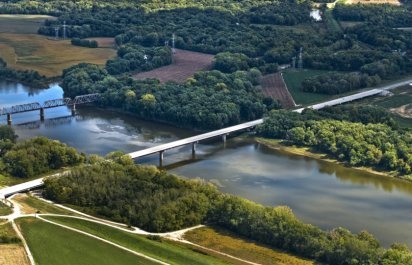Wabash River

The Wabash River, meandering through the heartland of America, is more than just a waterway. It is a cultural tapestry woven with the threads of history, traditions, and the diverse communities that have called its banks home. In this immersive journey, we delve into why the Wabash River holds profound cultural importance, tracing its impact on the past, present, and future.
Introduction
The Wabash River, coursing through the states of Ohio, Indiana, and Illinois, has been a silent witness to the unfolding drama of human history. It is the Ohio River’s largest tributary. From the Indigenous peoples who first inhabited its shores to the European settlers who established communities along its banks, the river’s cultural significance is etched into the very fabric of the region. In this exploration, we embark on a journey through time, understanding why the Wabash is not just a river but a cultural lifeline.
Native American Heritage: The First Threads
Ancient Settlements
Long before European settlers arrived, the Wabash River valley was home to vibrant Native American civilizations. Archaeological sites along the river reveal the remnants of ancient settlements, offering glimpses into the rich cultural practices and traditions of the Adena, Hopewell, and Mississippian peoples.
Spiritual Connection
For Native American communities, the Wabash was not merely a physical presence but a spiritual one. The river was woven into their mythology, representing life, sustenance, and the interconnectedness of all things. Rituals and ceremonies held along its banks attested to the deep reverence these communities held for the Wabash.
European Exploration and Settlement: Cultural Confluence
Fur Trade and Commerce
As European explorers and traders ventured into the region, the Wabash became a vital artery for the fur trade. Forts and trading posts were established along its course, marking the beginning of cultural exchange between Indigenous peoples and European settlers. The river, once a lifeline for Native American communities, now facilitated the flow of goods and ideas.
River Towns and Communities
The establishment of river towns such as Vincennes and Terre Haute further emphasized the cultural importance of the Wabash. These settlements became melting pots of diverse cultures, blending European traditions with those of the Native American inhabitants. The Wabash River, with its fertile banks, supported the growth of agriculture and communities that thrived on the river’s bounty.
The Wabash in American History: A Cultural Crossroads
Frontier Legacy

As the United States expanded westward, the Wabash River became a symbol of the frontier spirit. Settlers pushed the boundaries of the young nation, establishing farms and communities along the river. The Wabash served as both a barrier and a gateway, shaping the cultural identity of those who called its shores home.
The Civil War Era
During the Civil War, the Wabash River played a strategic role in the conflict. The river became a dividing line between the Union and Confederate forces, with important battles fought along its course. The cultural impact of the war resonates in the stories of communities along the Wabash, reflecting the broader societal changes of the time.
Industrialization and Transformation: The River Adapts
Transportation Hub
As the 19th century unfolded, the Wabash River adapted to the demands of industrialization. Steamboats navigated its waters, turning the river into a crucial transportation corridor. The cultural importance of the Wabash evolved as industries flourished, bringing economic prosperity and shaping the social fabric of river towns.
Environmental Consciousness
In the 20th century, a growing awareness of environmental conservation transformed the cultural narrative of the Wabash. Efforts to protect the river’s ecosystem and preserve its natural beauty became cultural imperatives. The Wabash, once a source of industry, became a symbol of environmental stewardship and the need to balance progress with preservation.
Contemporary Significance: A Cultural Revival
Recreational Resurgence
Today, the Wabash River is experiencing a cultural revival through recreational activities. Kayaking, fishing, and hiking along the river’s banks have become popular pastimes, reconnecting communities with the cultural significance of the Wabash. Festivals and events celebrate the river’s heritage, fostering a sense of pride and community spirit.
Educational Initiatives
Educational programs and initiatives are also contributing to the cultural importance of the Wabash. Museums, interpretive centers, and historical sites along the river offer opportunities for residents and visitors alike to learn about and appreciate the rich tapestry of Wabash River culture.
The Future of the Wabash: Sustaining Cultural Heritage
Conservation Efforts
As communities along the Wabash look to the future, there is a growing commitment to preserving and promoting its cultural heritage. Conservation efforts focus on maintaining water quality, protecting historical sites, and ensuring that future generations can continue to experience the cultural richness of the Wabash.
Cultural Tourism
Cultural tourism is emerging as a driving force in the region, with visitors drawn to the Wabash to explore its history and traditions. This influx of interest not only supports local economies but also fosters a sense of pride among residents, encouraging them to actively participate in preserving their cultural legacy.
Conclusion
In the intricate tapestry of the Wabash River, every cultural thread tells a story. From ancient Native American civilizations to the bustling river towns of today, the Wabash has been a witness to the ebb and flow of history. As we navigate its currents, let us recognize and celebrate the cultural importance of the Wabash, ensuring that its legacy continues to enrich the lives of those who call its banks home.
Know More about Wabash River.
What are The Religious Places of Wabash River?
When Did The Wabash River Basin Become a Focus?
Where is The Wabash River Located?
Who Were The Key Historical Figures and Civilizations of The Wabash River?
How to Reach Wabash River?




